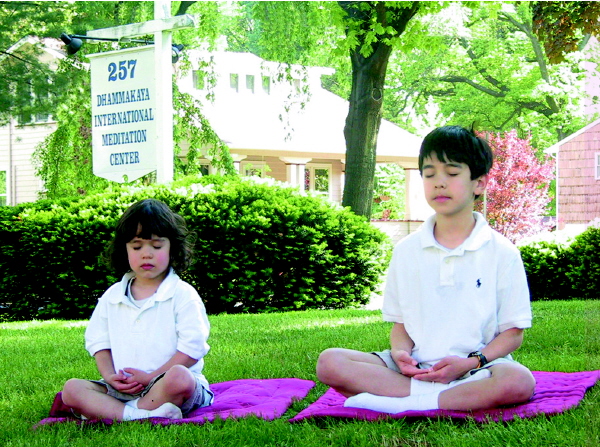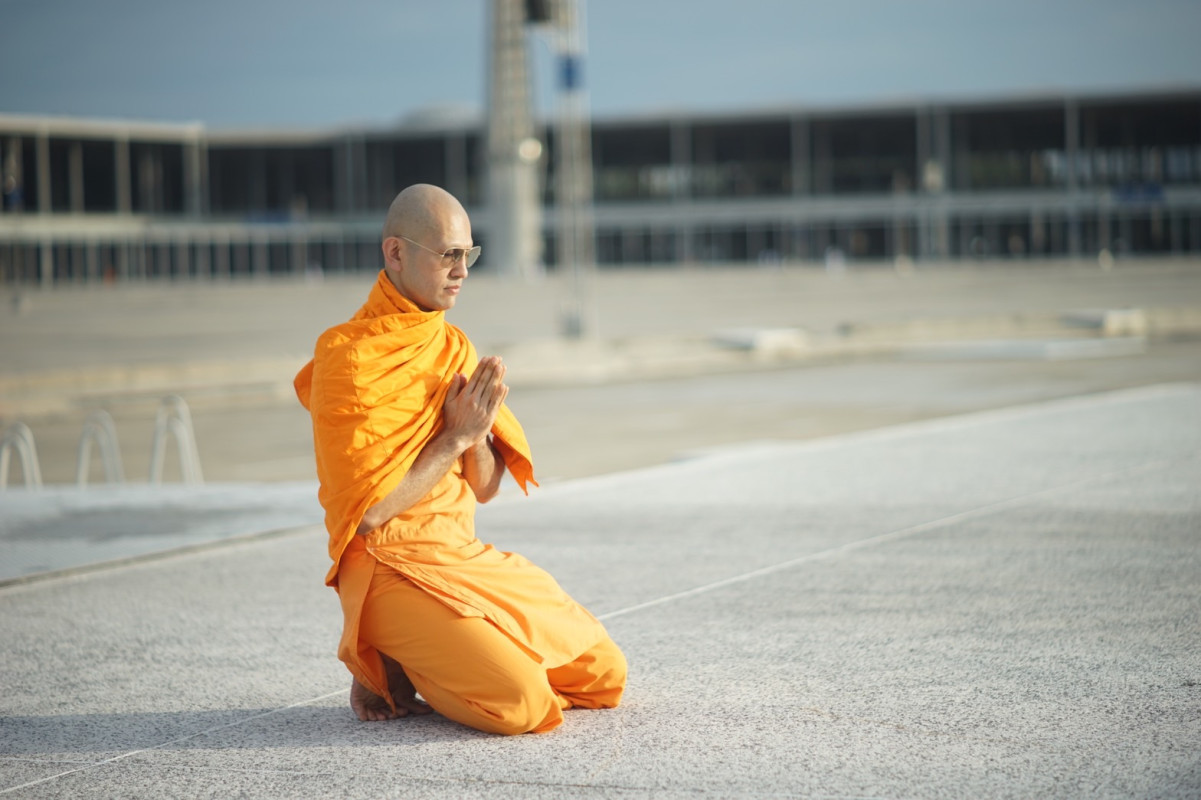Samādhi
Meditation Practice
What is Samādhi ?

Meditation Is a Universal Practice for Everyone
When we speak of meditation (samādhi), we must first understand that it is not something reserved solely for hermits in the forest or monastics in robes. Meditation is the practice of training and cultivating the mind—it is a process of mental development that leads to greater stability, clarity, and inner quality.
In Buddhism, meditation is a path not only for monks and nuns who seek liberation, but also for laypeople who wish to live peaceful and meaningful lives in the household life.
However, meditation is not confined to Buddhism. It is, in fact, a universal practice. People of any religion—or even of no religious affiliation—can benefit from meditation. What matters most is the actual practice.
Through personal experience, practitioners will come to understand the benefits firsthand. If questions arise along the way, one can consult with experienced teachers, who can provide guidance based on both practical understanding and personal realization.
Even though theoretical explanations of meditation may be helpful, they can never substitute the value of direct practice. True understanding arises only from experience. Thus, one must sit, one must train, and one must realize for oneself.
“No one can walk the path for you. You must walk it yourself.”
Meditation (Samādhi) is a method that leads to inner peace.
It is a path with clear and simple steps,
accessible and practical for everyone—regardless of gender, age, education, or social status.
The Meaning of Samādhi
Explaining the Meaning of Samādhi The meaning of Samādhi can be explained in terms of both its results and its method of practice. Samādhi is inner peace, comfort, and profound happiness that a person can cultivate by oneself. In Buddhism, it is taught as a practical path for leading a mindful and meaningful daily life—one that is free from negligence and rooted in mindfulness (sati), clear comprehension (sampajañña), and wisdom (paññā). This is not beyond anyone’s ability. It is a simple and accessible practice for all.
The Meaning of Samādhi in Terms of Its Results
Samādhi is the state in which the mind becomes steadily fixed on a single object without wavering—a still and unwavering inner condition. It is the unification of the mind into one-pointed tranquility, free from agitation or distraction. As the mind becomes purer and more radiant, this inner clarity arises and can be perceived directly from within. Such a state brings forth inner strength, mental fortitude, wisdom, and a profound sense of peace and happiness to the practitioner—all simultaneously.1
The Meaning of Samādhi in Terms of Practice
Another interpretation, in terms of practice:Samādhi means concentration of the mind, or a state in which the mind is firmly fixed on the chosen object of meditation. It refers to the condition where the mind is unwavering, steady, and not distracted—fully focused on one particular object without mental scattering.
This stable attention allows the mind to be calm, unified, and prepared for insight and wisdom to arise.
The Meaning in the Context of Attaining the Dhammakaya
Phra Dhammajayo (Phra Thepyanmahamuni) explained the practice of meditation (samatha-bhāvanā) in terms of application by stating:
“To meditate is to bring our mind to a standstill at the center of our body. It is the process of drawing the mind inward to dwell within—remaining with oneself in a state of ease. It is a gentle withdrawal of the mind from its usual wandering—away from thoughts of family, business, education, entertainments, or any external matters—back into the self, allowing the mind to rest with a single object and unified focus.”
He further referenced the Most Venerable Luang Pu Wat Paknam, Phra Mongkolthepmuni (Sodh Candasaro), who once explained meditation as:
“Bringing all aspects of awareness—perception, memory, thought, and cognition—to come to a single stop. That is, to merge and rest together as one point in a peaceful and comfortable mood, at the very center of the body.”
 English
English
 ภาษาไทย
ภาษาไทย






